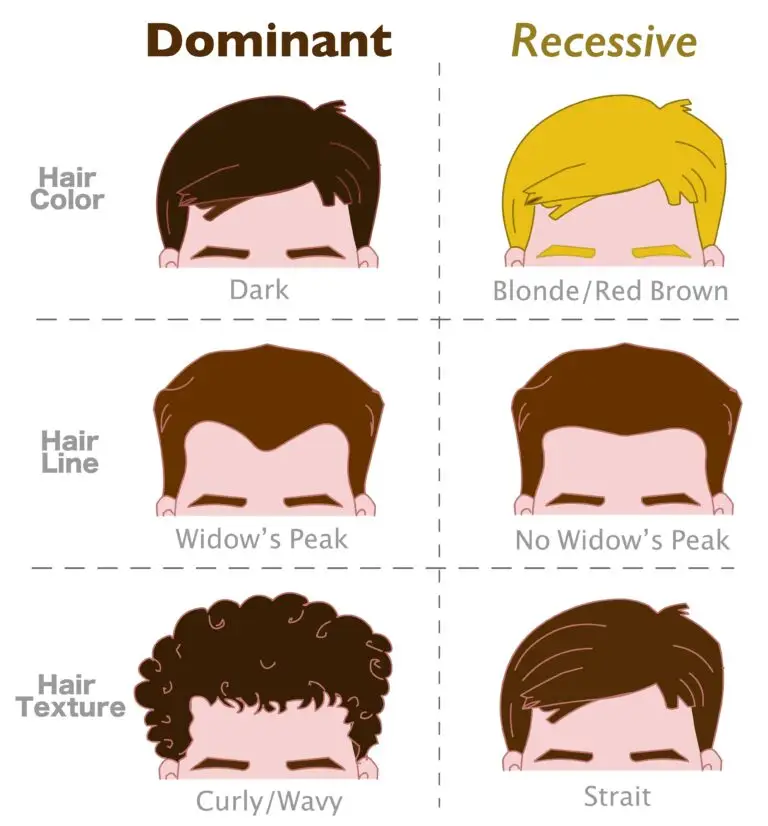Dominant

Table of Contents
What is a Dominant Trait?
The term “dominant” describes a genetic trait or allele expressed in an organism’s phenotype, masking the effect of the corresponding recessive allele when present. The concept of dominance is a fundamental principle in Mendelian genetics, named after Gregor Mendel, who conducted pioneering studies on the inheritance of traits in pea plants.
Dominant Traits and Genetics
Alleles
- Genes exist in multiple forms called alleles. For a particular gene, an individual inherits one allele from each parent.
- Dominant and recessive alleles are alternative forms of a gene.
Dominant Allele
A dominant allele is one that is expressed in the phenotype when present in the heterozygous (having different alleles) or homozygous (having identical alleles) state. It masks the expression of the corresponding recessive allele.
Phenotype Expression
The phenotype is the observable characteristic or trait of an organism. The dominant allele determines the phenotype that is expressed. The dominant allele is often represented by an uppercase letter (e.g., A), while the recessive allele is represented by a lowercase letter (e.g., a).
Recessive Allele
- A recessive allele is only expressed in the phenotype when present in the homozygous state (aa) and not masked by a dominant allele.
- It is only phenotypically expressed if there is no dominant allele present.
Punnett Square
Punnett squares are often used to predict the possible genetic outcomes of a cross between individuals with known genotypes. The combination of alleles determines the probability of different phenotypes in the offspring.
Examples of Dominant Traits
Rolling Tongue: The ability to roll the tongue into a tube shape is a classic example of a dominant trait. If an individual has at least one copy of the dominant allele, they can roll their tongue.
Widow’s Peak Hairline: A widow’s peak in the hairline, characterized by a V-shaped point at the center of the forehead, is often considered a dominant trait.
Attached Earlobes: The presence of attached earlobes, where the earlobe is directly attached to the side of the head without a free-hanging lobe, is typically a dominant trait.
Dimples: Dimples, which are small indentations in the skin, are often considered a dominant trait. If at least one parent has dimples, there is a chance their offspring may inherit this trait.
Freckles: The presence of freckles, particularly on sun-exposed areas of the skin, is influenced by genetic factors. The tendency to have freckles is often considered a dominant trait.
Cleft Chin: A cleft chin, characterized by a dimple or groove in the center of the chin, is considered a dominant trait.
Hitchhiker’s Thumb: The ability to bend the thumb backward at a sharp angle, often referred to as a “hitchhiker’s thumb,” is a dominant trait.
Curly Hair: The presence of curly hair is often associated with a dominant genetic trait. If at least one parent has curly hair, there is a chance their offspring may inherit this trait.
Related Links
Allele
Chromatid
Overview of DNA
Y Chromosome